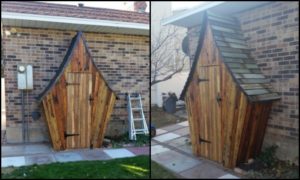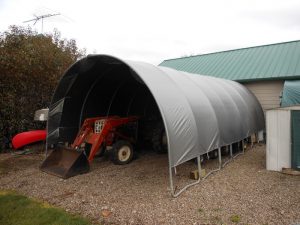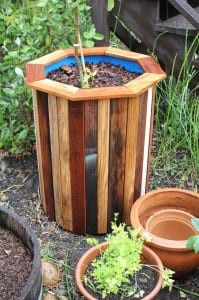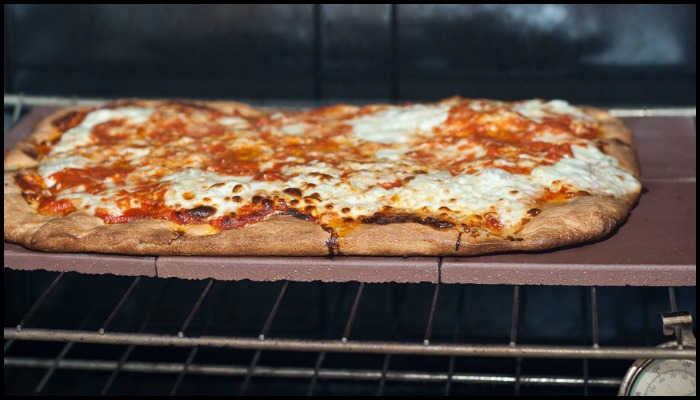
Pizza has already become a staple in our lives. Whether we’re grabbing a slice on the go or sitting down to a full pizza pie, this classic dish is always a welcome sight. But have you ever stopped to think about making your own pizza in your kitchen?
With a little effort, you can easily make a delicious pizza at home that rivals anything you could get from a pizzeria. And, you can customize it however you like, using your favourite toppings and ingredients.
So, next time you’re in the mood for pizza, why not try making your own? It’s easier than you might think, and you’ll end up with a delicious, homemade meal that you can be proud of.
You can enjoy as much authentic pizza as you want if you bake it yourself at home. But when your pizza stone cracks, well, you would have to shell out around $40 for a replacement. Well, not anymore! You can still enjoy great pizza by baking it, not on a pizza stone, but on quarry tiles instead!
Quarry tiles are an excellent and affordable alternative to more expensive pizza stones. Quarry tiles can be found at most building supply stores for just a few dollars each. When used as a pizza stone, quarry tiles provide excellent heat retention and distribution, resulting in a perfectly cooked pizza. You can buy them as your pizza stone alternative for a total of just around $3!
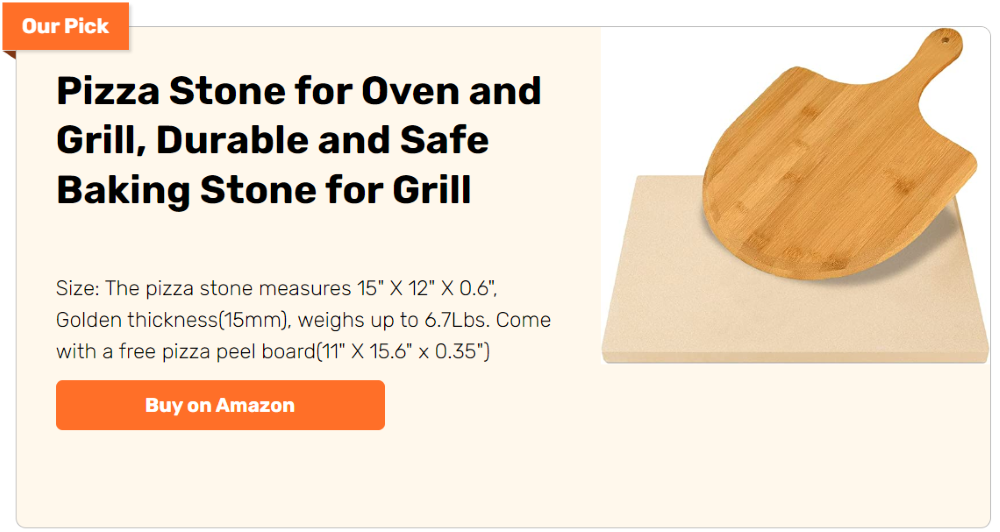
Of course, quarry tiles will eventually crack after using them a number of times. But what’s great about them, as opposed to the standard pizza stones, is that when they crack you don’t lose the entire ‘pizza stone’. It’s easier and definitely a lot cheaper since you’ll only be replacing a part of the pizza stone.
Now when buying tiles to use as a pizza stone, make sure you get unglazed tiles.
When buying tiles to use as a pizza stone, make sure you get unglazed tiles. Unglazed tiles are ideal for pizza stones because they are able to absorb and retain heat better than glazed tiles. Additionally, unglazed tiles are less likely to stick to the pizza dough and cause it to stick to the stone.
When shopping for glazed tiles, it is important to be aware that some of them may contain lead. While lead is not necessarily dangerous in small amounts, it can be harmful if ingested in large quantities.
You can help protect yourself and your family by testing the tiles for lead before purchasing them. Lead test kits are readily available and easy to use, so there is no excuse not to take this simple precaution.
Baking pizza on unglazed quarry tiles is definitely a clever alternative to more expensive methods. It gets the job done at a very good price and can be easily found at most home improvement stores. You may get results that are a little different from what you want on your first few tries but once you get the hang of it, you’ll get that perfect pizza every time!
We’ve heard that these tiles make the ideal baking surface for naan bread. Not only do they conduct heat evenly, but the smooth surface ensures that your naan comes out perfectly blistered and soft every time. So if you’re looking to up your naan game, give these tiles a try – you won’t be disappointed!
Click on any image to start the lightbox display. Use your Esc key to close the lightbox.![]()

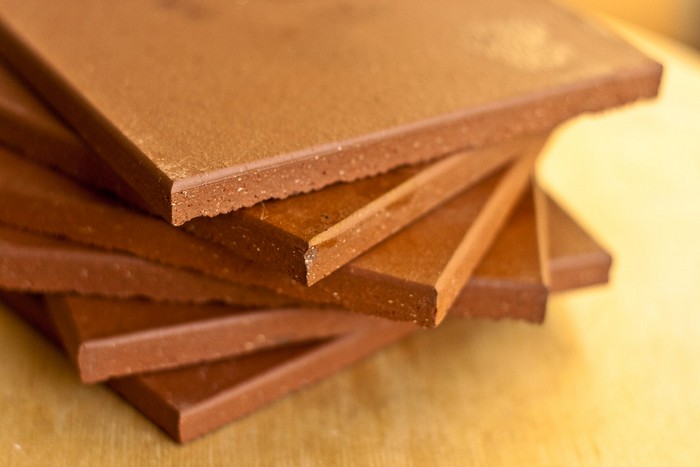
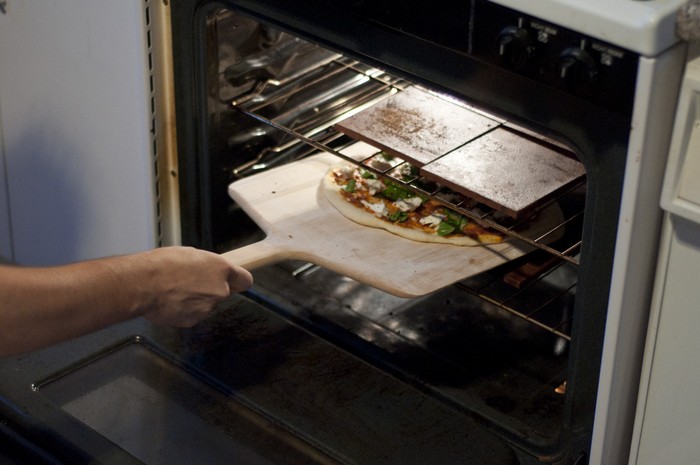
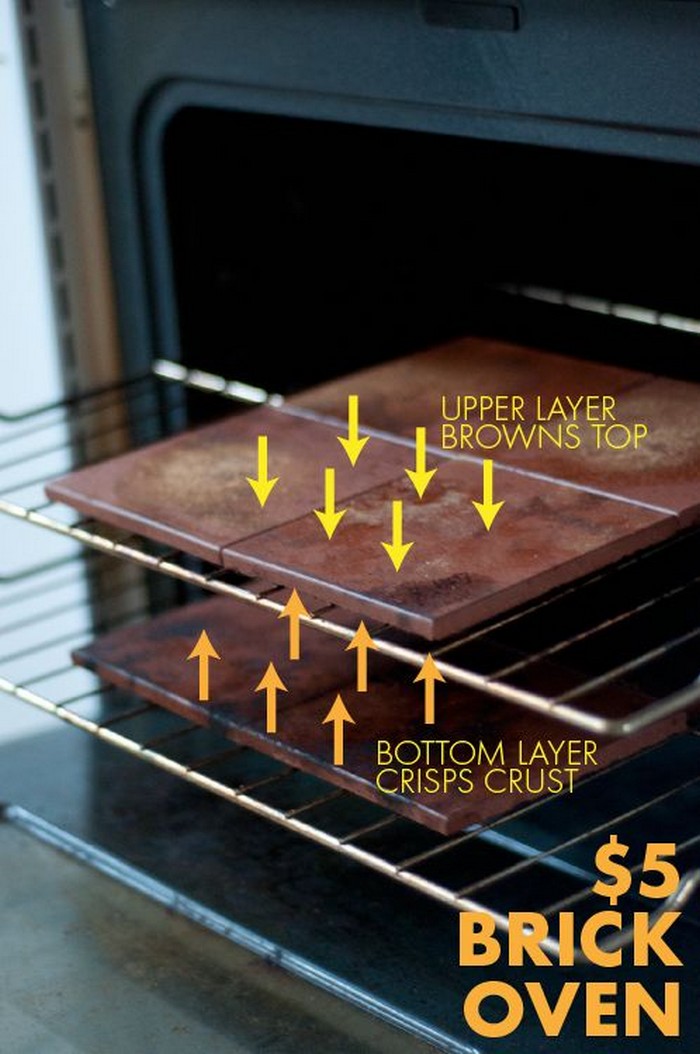
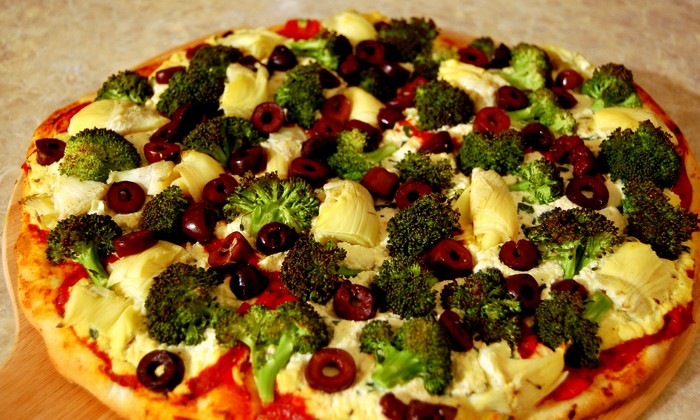
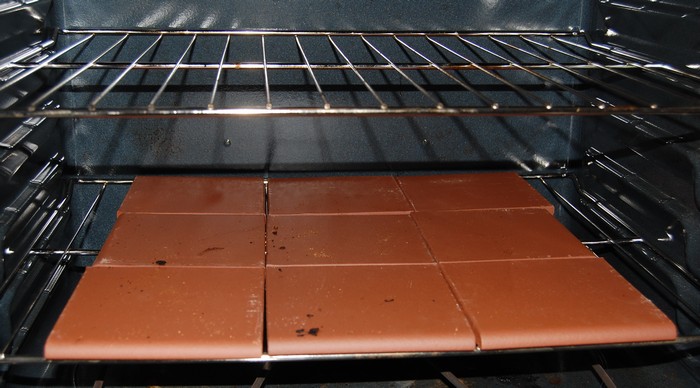
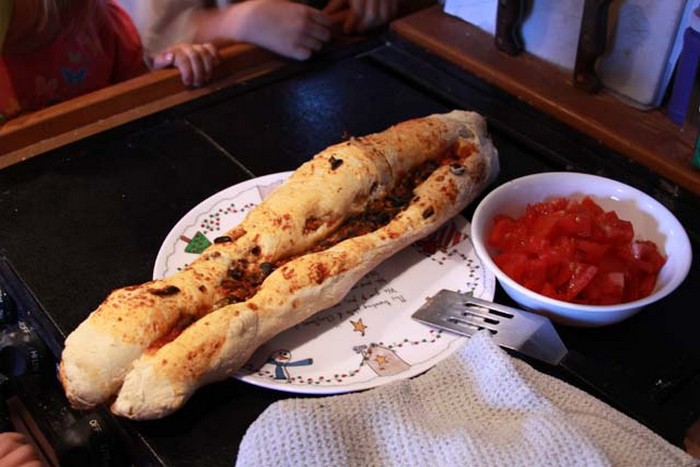
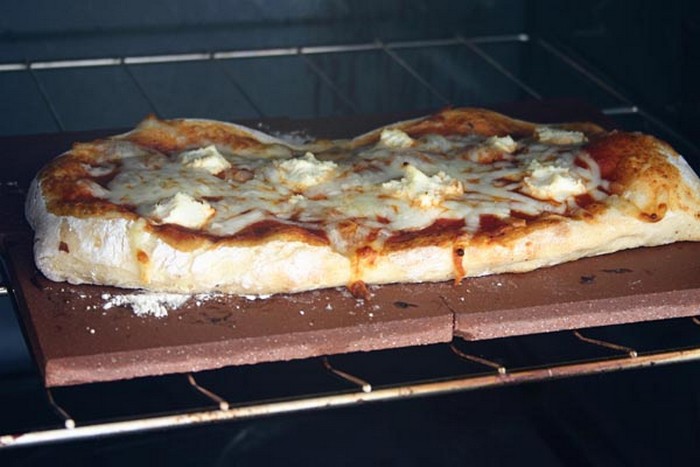
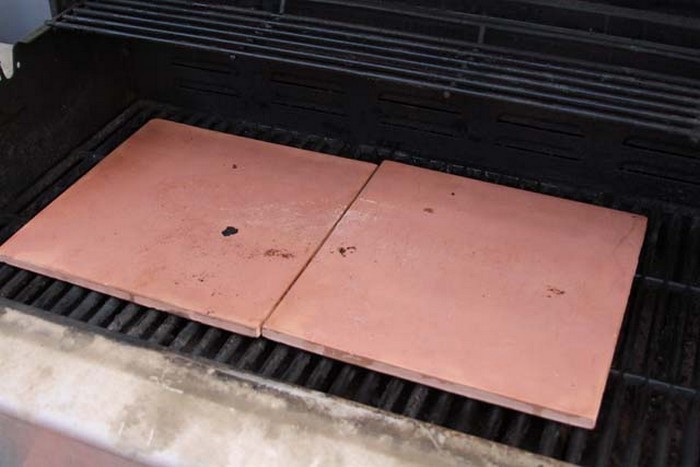
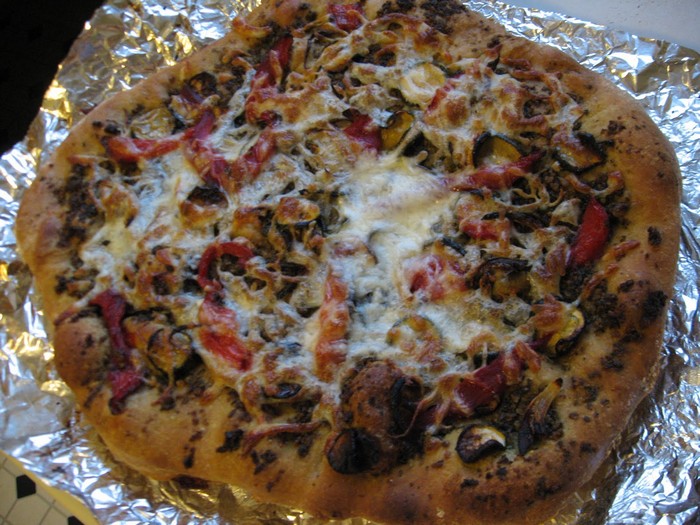
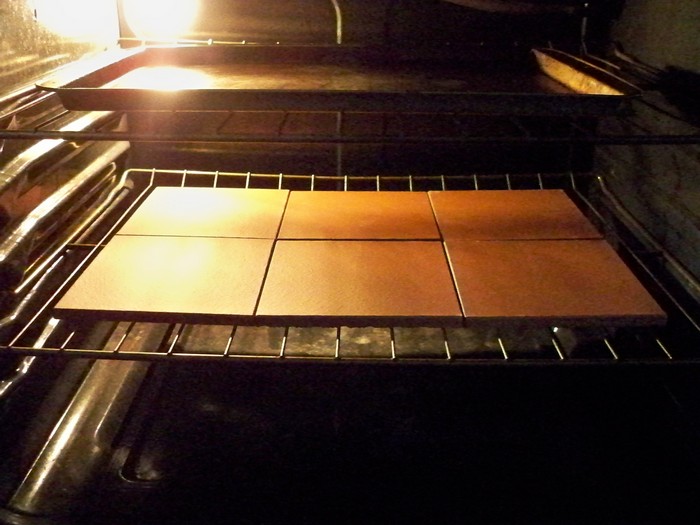
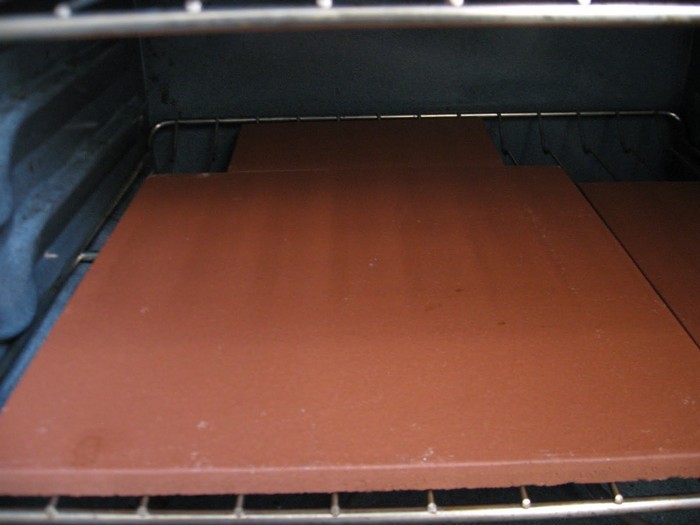
You can get step-by-step instructions from The Paupered Chef over here…

